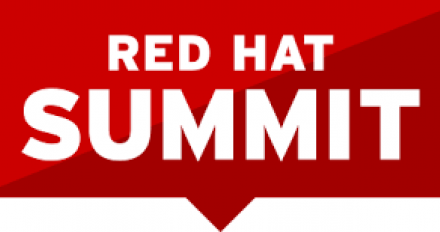
Docker Tooling for JavaEE Developers by Xavier Coulon
Docker is awesome, but how to use it well when doing Java development ? In this talk you will get a quick introduction on how to use Docker effectively, especially for Java EE development. We will show how the recent release of Eclipse Mars supports Docker to make it even more integrated into your day-to-day work from within your IDE. In particular, you'll see how you can pull and run an image for a database, build a custom image for an application server, run it and deploy a JavaEE application using data volume, exposed ports and container links. And more !
























